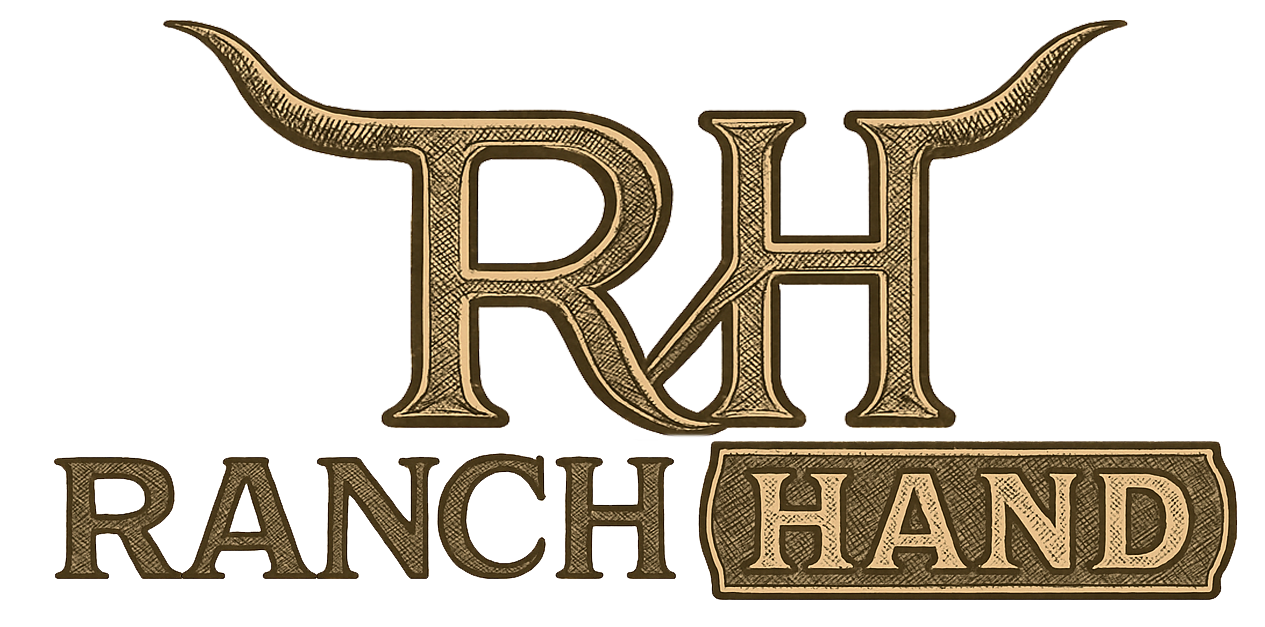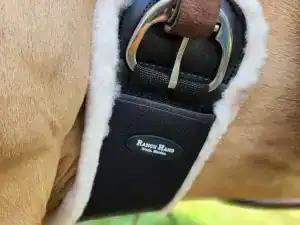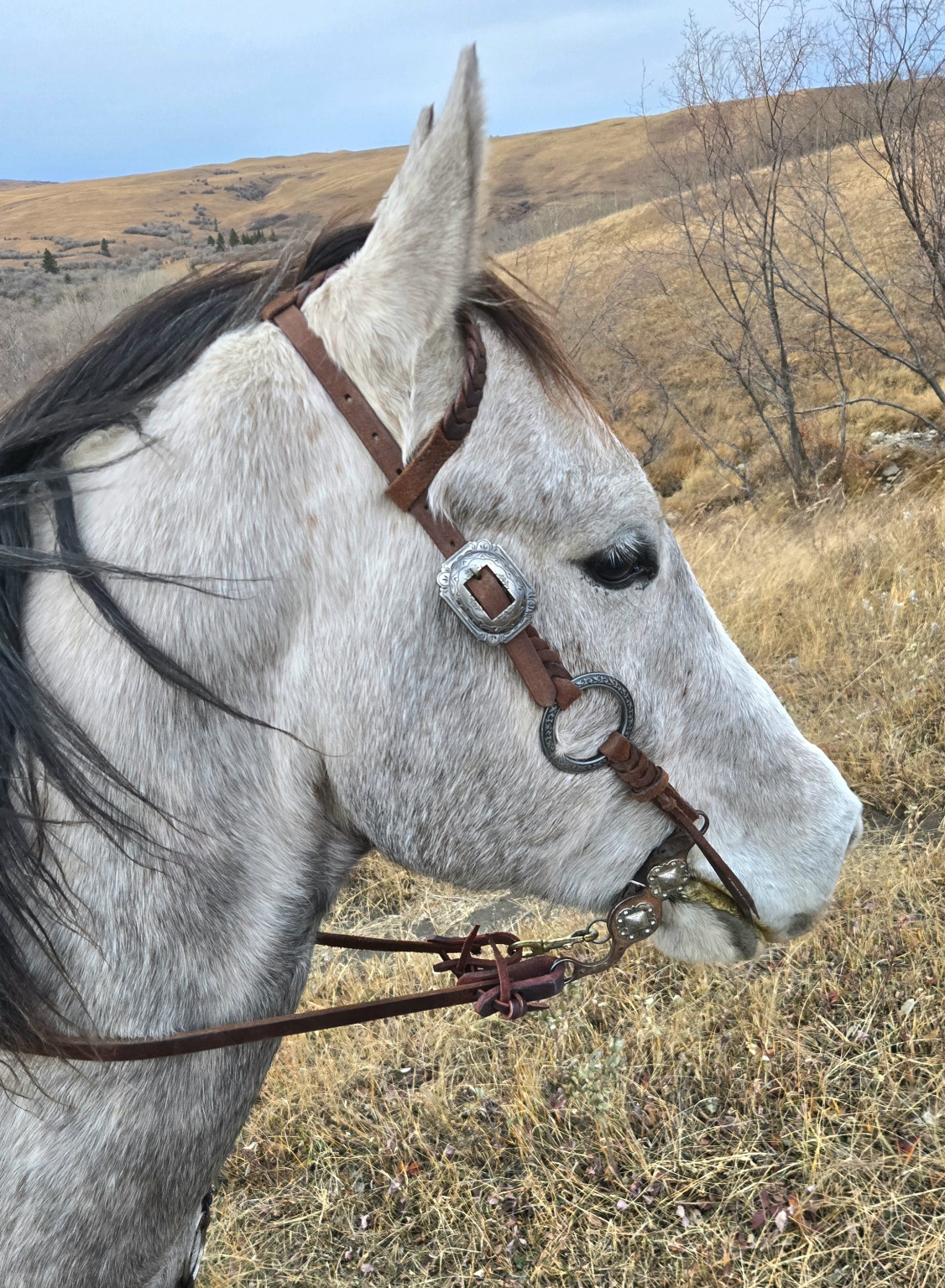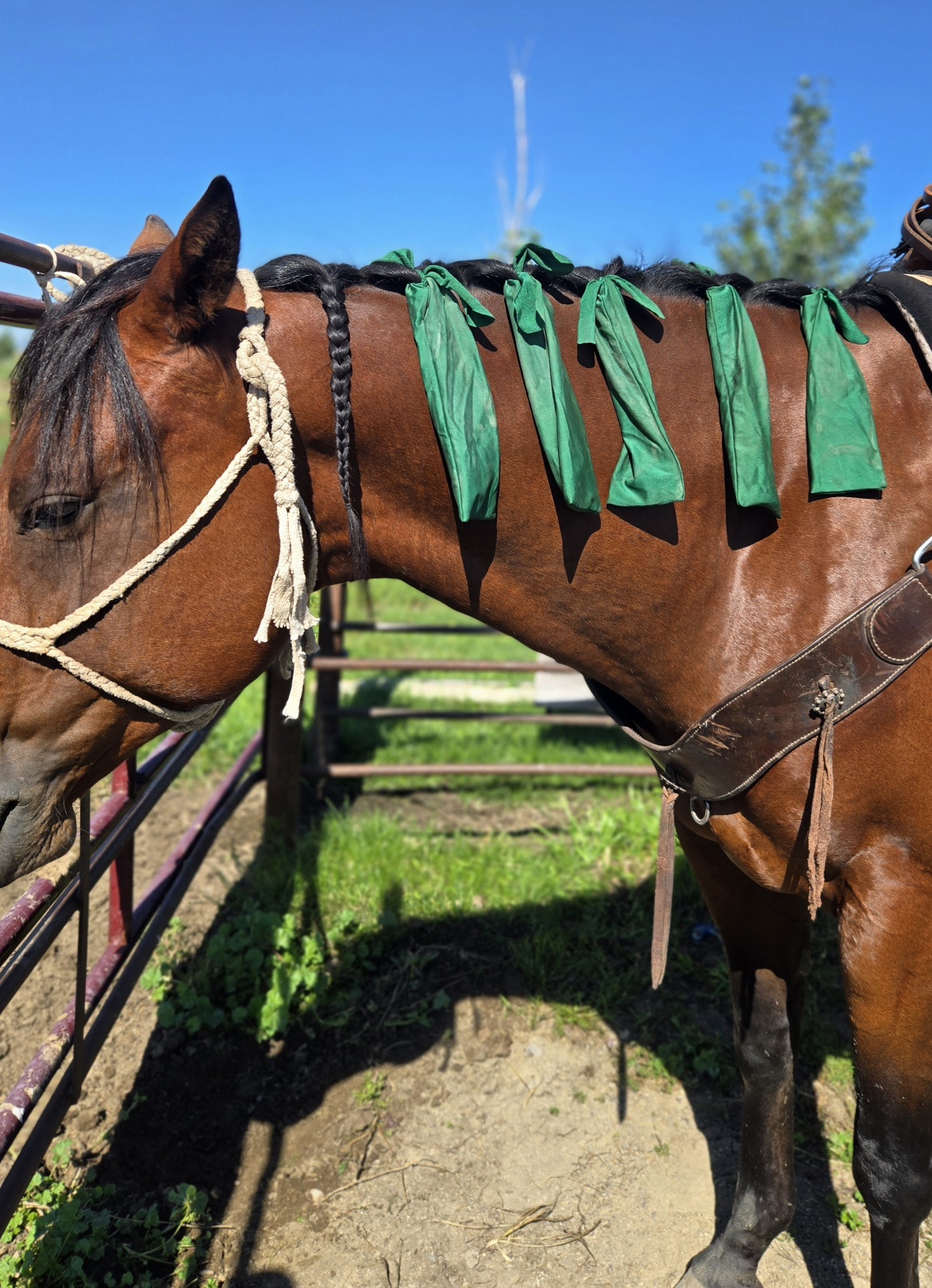A horse cinch might look like just a strap, but it’s one of the most important parts of your riding gear. The cinch keeps the saddle in place, makes sure your horse stays comfortable, and helps prevent problems like saddle slipping or sore spots. Whether you’re a beginner or you’ve been riding for years, getting the cinch right is key to a good ride.
Let’s walk through everything you need to know—clearly, simply, and with your horse’s comfort in mind. We’ll start with the facts, and then we’ll talk like we’re in the barn swapping real advice.
What Exactly Is a Horse Cinch—and Why It Matters
A horse cinch, also called a girth in English riding, is the strap that goes under the horse’s belly to hold the saddle in place. It’s connected to the saddle by latigos or billets. If the cinch is too loose, the saddle can slip. If it’s too tight or in the wrong place, it can cause pain, sores, or even behavior issues.
Using the right horse cinch keeps the saddle snug but not too tight. A good cinch means your horse can move, breathe, and perform comfortably.
Top 3 Problems Caused by the Wrong Cinch
Saddle Slippage
When a cinch isn’t fitted right or isn’t the right type for your riding, the saddle can shift. That’s dangerous—for both rider and horse.
Sores and Rubbing
Poor materials or wrong positioning can rub against the horse’s skin, causing bald spots, irritation, or even open sores. Once a horse gets sore, they may associate tack with pain.
Behavioral Issues
Some horses become “cinchy”—they bite, pin their ears, or dance around when you try to saddle up. Often, this means the cinch caused pain in the past.
How to Spot the Warning Signs Early
- Hair loss where the cinch lies
- Swelling or heat under the cinch area
- Skin that looks pink, raw, or scabby
- A horse that moves away when you approach with the saddle
- Signs of resistance when you tighten the cinch
Pay attention to your horse. They’ll often tell you what’s wrong if you’re watching.
How to Choose a Horse Cinch That Fits Right
The right fit makes all the difference. Here’s how to get it:
- Measure from dee ring to dee ring, then subtract 16 inches. That’s your cinch length.
- Check buckle placement. The buckles should rest in the soft spot behind the elbow, not jammed into the armpit.
- Make sure it’s snug, not tight. You should be able to fit a couple fingers between the cinch and your horse.
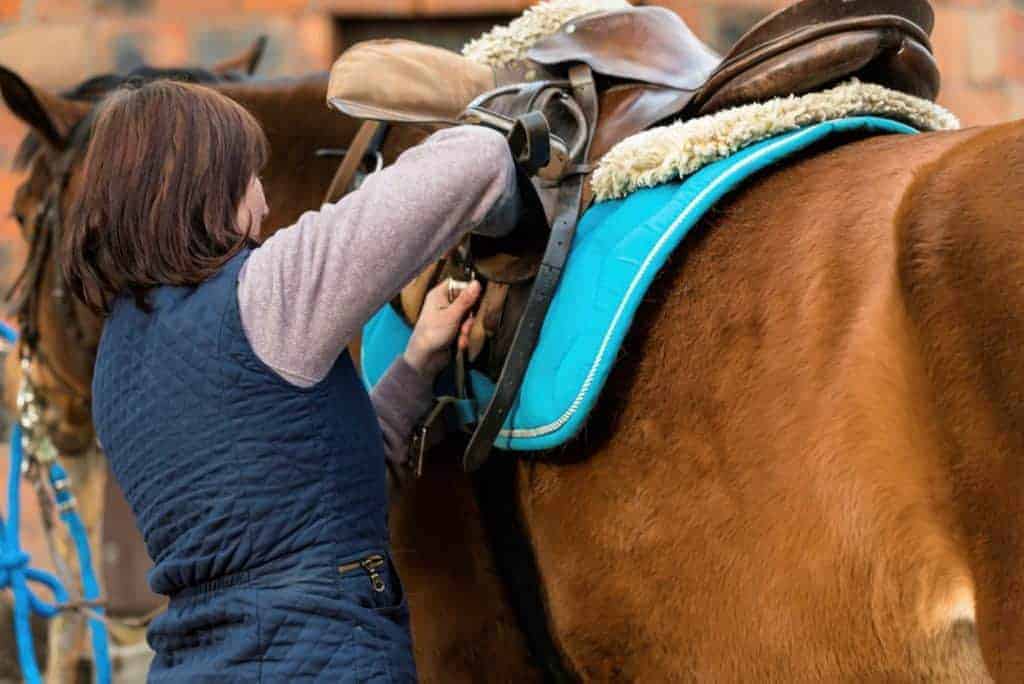
Material Matters: What Your Cinch Is Made Of and Why It Counts
Different materials have different effects:
- Mohair: Natural, breathable, and comfy. Great for sensitive horses.
- Neoprene: Easy to clean and grippy, but can get hot and sticky.
- Fleece: Soft and padded, but needs more cleaning.
- Leather: Traditional and durable, but needs care to stay soft.
Pick what matches your horse’s needs, your climate, and your riding discipline.
Common Cinching Mistakes Riders Make
- Over-tightening: This is the most common mistake. A too-tight cinch can restrict breathing and cause pain.
- Cinch too fast: Horses need a second or two to get used to pressure. Take your time.
- Using the same cinch for all horses: Different horses need different fits and materials.
Daily Maintenance to Prevent Sores and Discomfort
- Wipe down your cinch after each ride.
- Wash fleece or mohair cinches regularly to avoid dirt buildup.
- Check for frayed edges, cracked buckles, or loose stitching.
- Store in a dry place to prevent mildew.
When to Replace Your Cinch: Don’t Wait for a Problem
Even good cinches wear out. Look for:
- Fraying edges
- Stretched or hardened materials
- Broken buckles or missing stitching
If you see those signs, it’s time for a new one.
Conclusion + Rider Checklist
Cinch problems are easy to avoid if you know what to look for. A little attention goes a long way.
Rider Checklist:
Taking care of your cinch helps take care of your horse—and that makes every ride better.
Frequently-Asked Questions (FAQs)
How tight should a horse cinch be?
Snug enough that the saddle doesn’t move, but loose enough to fit two fingers between the cinch and your horse.
How often should I clean my horse cinch?
After every ride if possible. At minimum, wipe it down and deep clean fleece or mohair weekly.
Why does my horse get grumpy when I tighten the cinch?
It may be too tight, too fast, or rubbing in the wrong place. Try adjusting the fit or changing materials.
Can a bad cinch cause long-term damage?
Yes. Poor fit or friction can cause sores, scarring, and behavioral issues if ignored.
What’s the best horse cinch for beginners?
A contoured mohair or fleece cinch is often a safe, comfortable choice for most horses.
